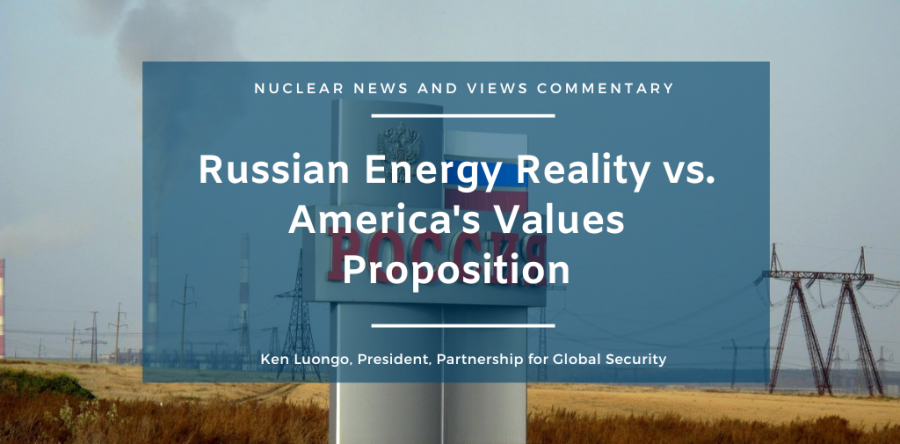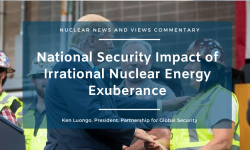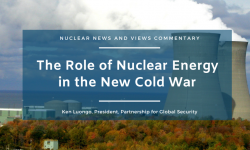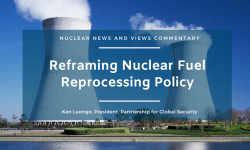In the wake of its invasion of Ukraine, some estimate that Russia will earn one-third more in energy exports in 2022 than 2021. This is because of price increases resulting from the war but also the steady stream of global customers.
Continued global dependence on Russian energy will fuel its awful war in Ukraine despite the punishing financial and energy sanctions imposed by the U.S. and its allies. Efforts to cap the price of Russian oil to limit windfall profits may not work or work well enough.
Russia already has earned almost $100 billion from fossil fuel exports since the beginning of the invasion on February 24, mostly from China, India, and European Union nations.
Germany is the poster child for this conundrum.
It is highly dependent on Russian energy imports and is desperately trying to wean itself off of them. The specter of gas shortages is looming over this winter as is the threat of a Russian supply cutoff.
Despite this danger, the German Bundestag voted last week to shut down its three remaining nuclear reactors by the end of this year and ramp up coal-fired power, including restarting old plants. This after it closed three other nuclear plants at the end of 2021.
For a country so deeply committed to addressing climate change this decision is painfully ironic and sad. Carbon emissions already have risen in Germany over the past two years and it is off track on its carbon reduction goals. Relying on coal will make a mockery of its climate commitment.
The German reactor shut-down decision comes just as the European Parliament voted to include nuclear energy as a green technology under the EU taxonomy that is designed to drive its nations to climate neutrality by 2050. Germany opposed that designation for nuclear energy but was outvoted.
The EU taxonomy decision is part of a trend in the rehabilitation of nuclear power as a source of both energy security in an unsettled international environment and reliable zero-carbon energy.
A resurgence of interest in nuclear energy was already underway when it received a boost from the Glasgow climate meeting in late 2021. For example, both Japan and South Korea have completely reversed negative positions on the value of nuclear energy to their nations.
The question, however, is which countries will supply the nuclear technologies that the world is considering.
While the focus has been on Russia’s fossil fuel earnings, the country could extend that income premium through continued or expanded nuclear exports.
Despite the flagrant violation of international nuclear safety and security standards by Russia at Ukrainian nuclear facilities, it has not been sanctioned for this behavior. Like Russia’s fossil energy, the world is too dependent on its nuclear fuel, and sanctions could lead to a suspension of delivery before alternative sources are secured.
The U.S. and its European and Asian allies have allowed their nuclear muscle memory to weaken while Russia has dominated the global nuclear export and fuel markets. Building strength is China, which is pledging to construct 150 additional reactors at home.
The U.S. seems to be betting that its ace-in-the-hole in this global nuclear competition is its democratically rooted values. The U.S. backs the rules-based international order. Russia and China want to replace that with autocracy and ruthlessness. The U.S. believes it should prevail.
But American confidence in the persuasiveness of its values proposition may be misplaced.
A perfect example is Saudi Arabia. A long-time ally of the U.S., it plans to build new nuclear plants. But it has excluded the U.S. from its reactor tender. There are a number of reasons for this decision, but the deepening ties between the kingdom and Russia and China, spurred by its alienation from America’s principles-based policy, is clearly of primary importance. If this leads to Russia or China partnering with Saudi Arabia on nuclear energy it will be a major U.S. foreign policy failure as well as a hovering threat to global security for decades.
The Middle East along with Africa and South-East Asia are key markets for the smaller reactors the U.S. and others are racing to bring to market. Russia’s nuclear industry has been cultivating nations in these regions for years while the U.S. has concentrated more on slower, long-term capacity building to ensure safe nuclear operation. But, growing populations, energy demands, and climate impacts are driving developing economy nations to expand clean energy sources that can be employed in the near-term. And they need help to do this.
To respond to these realities, the U.S. needs a much more aggressive and balanced approach to the international nuclear market outside of the developed economy world. It should promote its values but balance them with the benefits of its technology and responding effectively to the urgent needs of purchasing nations. As Russia is proving, values can fade when faced with reality.
Ken Luongo, President, Partnership for Global Security






